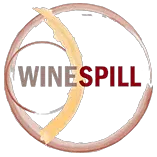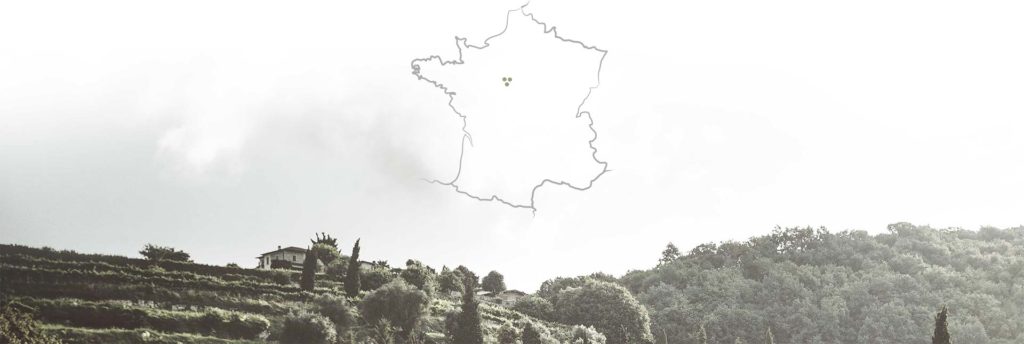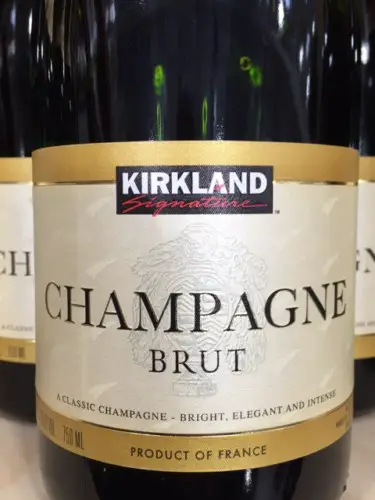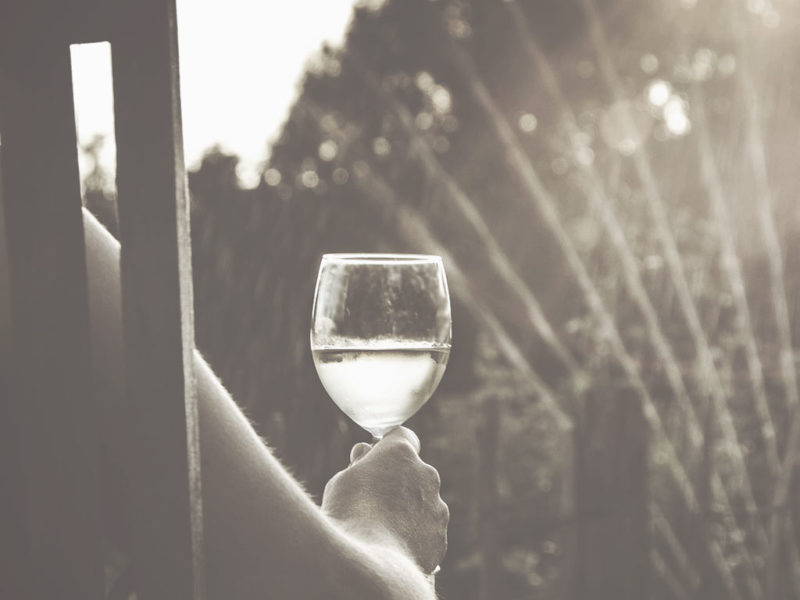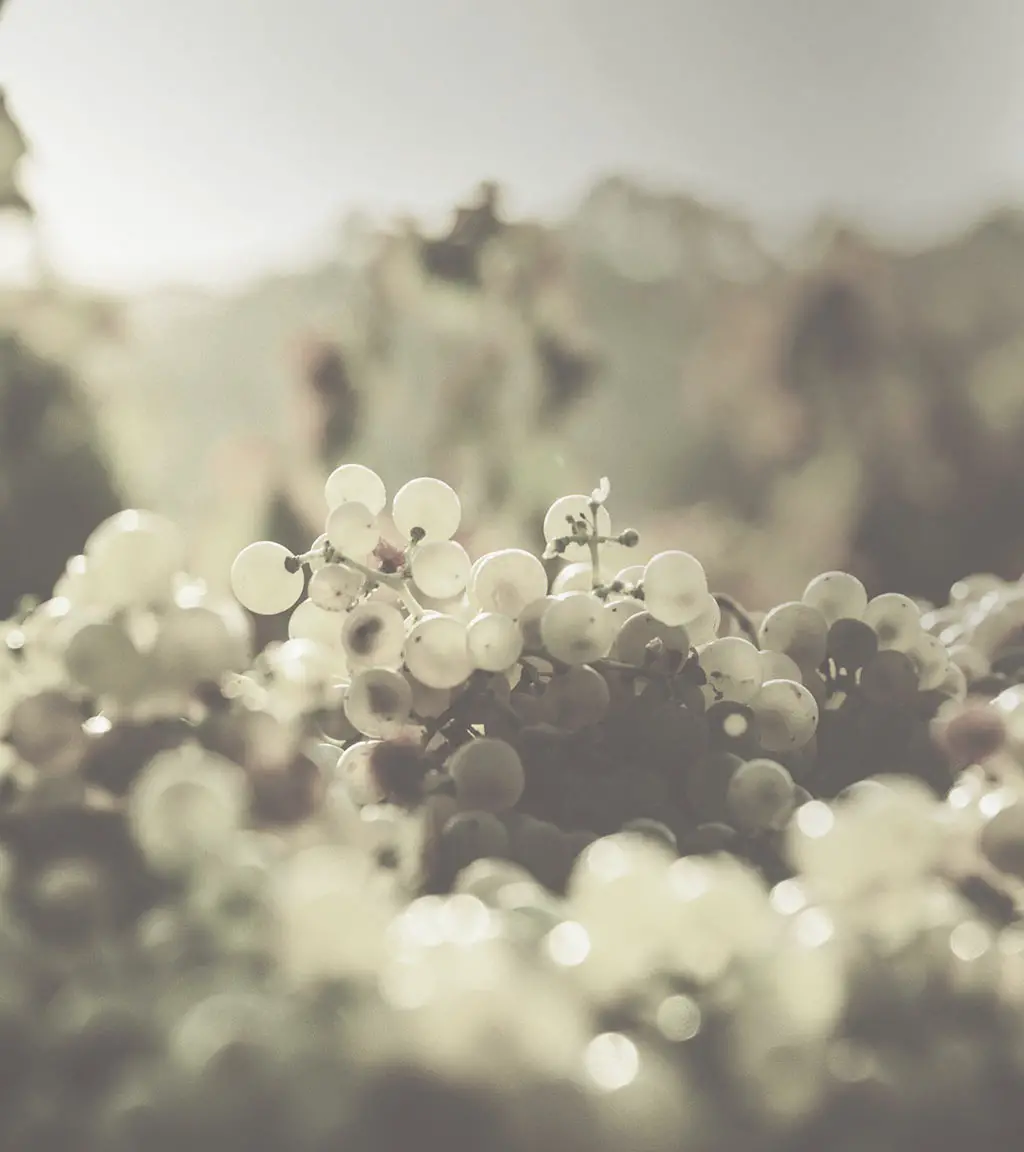
Wine Flavor Map
Let me introduce a guide or wine flavor map that will help in understanding a full range of fruit flavors. I’ll reference the fruit flavor of the Big Six wine grapes so we can learn the distinctive styles of each.
I love listening to experienced wine tasters opinions and descriptions. I use their fruit and style descriptions to characterize my own wine tastings. With so many styles of wine on the market, it is impossible to taste or memorize them all.
By creating your own flavor map and adding a broad range of flavor possibilities in grapes like Chardonnay, Pinot Noir, Merlot etc., you will predict the style of each bottle. With a wine flavor map you will have a go-to region for each style based on the climate warmth and amount of sunshine. For example, pineapple love sunshine as do many exotic, tropical fruit-flavored wines.
Planting fruit flavor on the map
On the other hand, apples, mangos, cherries, figs and raisins all play a part in fruit flavored wine and it’s not only dependent on climate. Fermentation also plays a part in the flavors of wine, with the addition of yeast, a transformation produces a complex aroma and taste of more than just the grape juice. The resulting alcohol after fermentation is what amplifies those flavors and scents. Similarly, to how the alcohol intensifies perfume or the flavored extracts used in baking brings out the flavors.
As you know from tasting comparisons of the Big Six, the fruit style is influenced by the grape varieties used. This is how you can tell the difference between a Riesling grape than that of a Chardonnay grape, by categorizing them into a fruit-flavor profile.
Logically, all the major wine grapes identified by their distinctive flavor styles should make them easy to tell apart. Yet, the unique attributes of each bottle is what makes the wine world so exciting.
Why a flavor map?
Distinguishing all wines made from the major wine grapes can cause bewilderment. A bit of intimidation that can be managed possibilities with a simple flavor map. A simple precise way to predict how the fruit flavors will differ. For instance to know the flavors between two Chardonnays or an Oregon Pinot Noir and a California bottling before you purchase them. By examining the growing region on the label or the wine list entry, and knowing if the region is a cool place or a warm place.
Wine Climate Zone
The flavor map is based on climate, which is another style factor of wine. Specifically, the amount of warmth and sunshine where the grapes are grown. Climate style zones will display very diverse wines that are grown in the same zone. They share a noteworthy likeness of their fruit-flavor profile. Let’s divide the wine world into climate-style zones:
- Cool climate zone: cool/less sunny
- Moderate climate zone: temperate/moderately sunny
- Warm climate zone: warm/very sunny
The cool to warm spectrum
It is helpful to understand how wine styles compare across the cool-to-warm climate zone before we target specific fruit flavors. The body and acidity of a wine is exposed once the warm or cool climate zone is established.
| Cool Climate Zone | Warm Climate Zone | |
|---|---|---|
| Sun | Less sunny | Very sunny |
| Acidity | Crisp and tangy | Soft and smooth |
| Body | Light | Full |
| Fruit style | “Green,” lean and tart | Ripe and luscious |
Here are the fruit flavors associated with each climate zone. It may seem simple at first look and it is. You can break down all the diversity into just three style zones of cool, moderate, and warm.
| White wine flavors | Red wine flavors | |
|---|---|---|
| Cool Zone | apples, pears | cranberries, redcurrants, red cherries |
| Moderate Zone | citrus (oranges, limes, tangerines, grapefruits), peaches, apricots, nectarines, melons | black cherries, blackcurrants, blueberries, blackberries, plums |
| Warm Zone | mangos, pineapples, papayas, guavas, bananas | figs, rasins, prunes |
To utilize the flavor map when purchasing wine use the 3 steps:
- Look at your wine label.
- Find the wine’s region of origin (the place where the grapes were grown).
- If in your mind’s eye, you can place the wine’s growing region into either the cool-style zone, the moderate zone or the warm-style zone of the flavor map, you can get a good idea of the wine’s fruit style.
Try it out and let me know how it goes.
